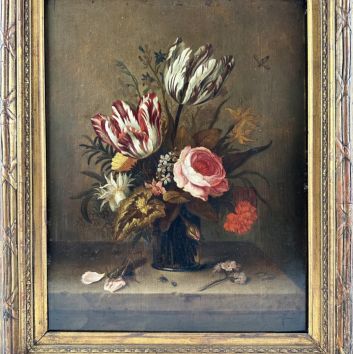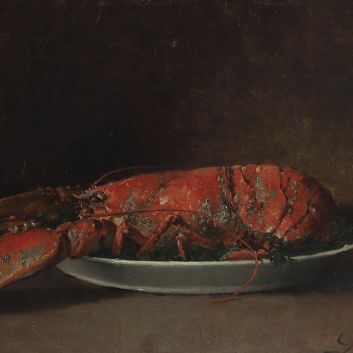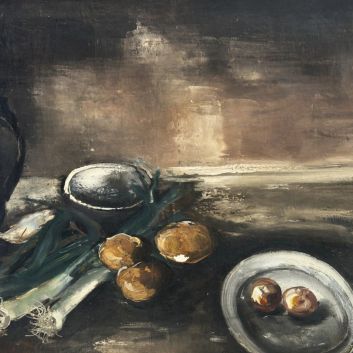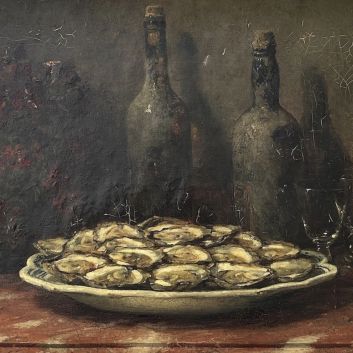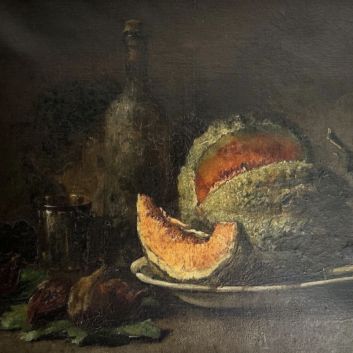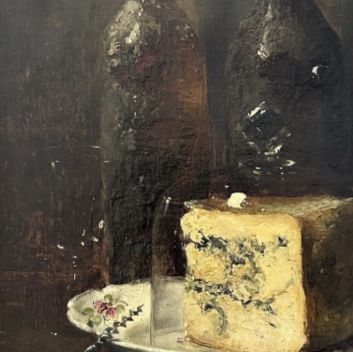Rating and value of paintings by Victoria Fantin-Latour
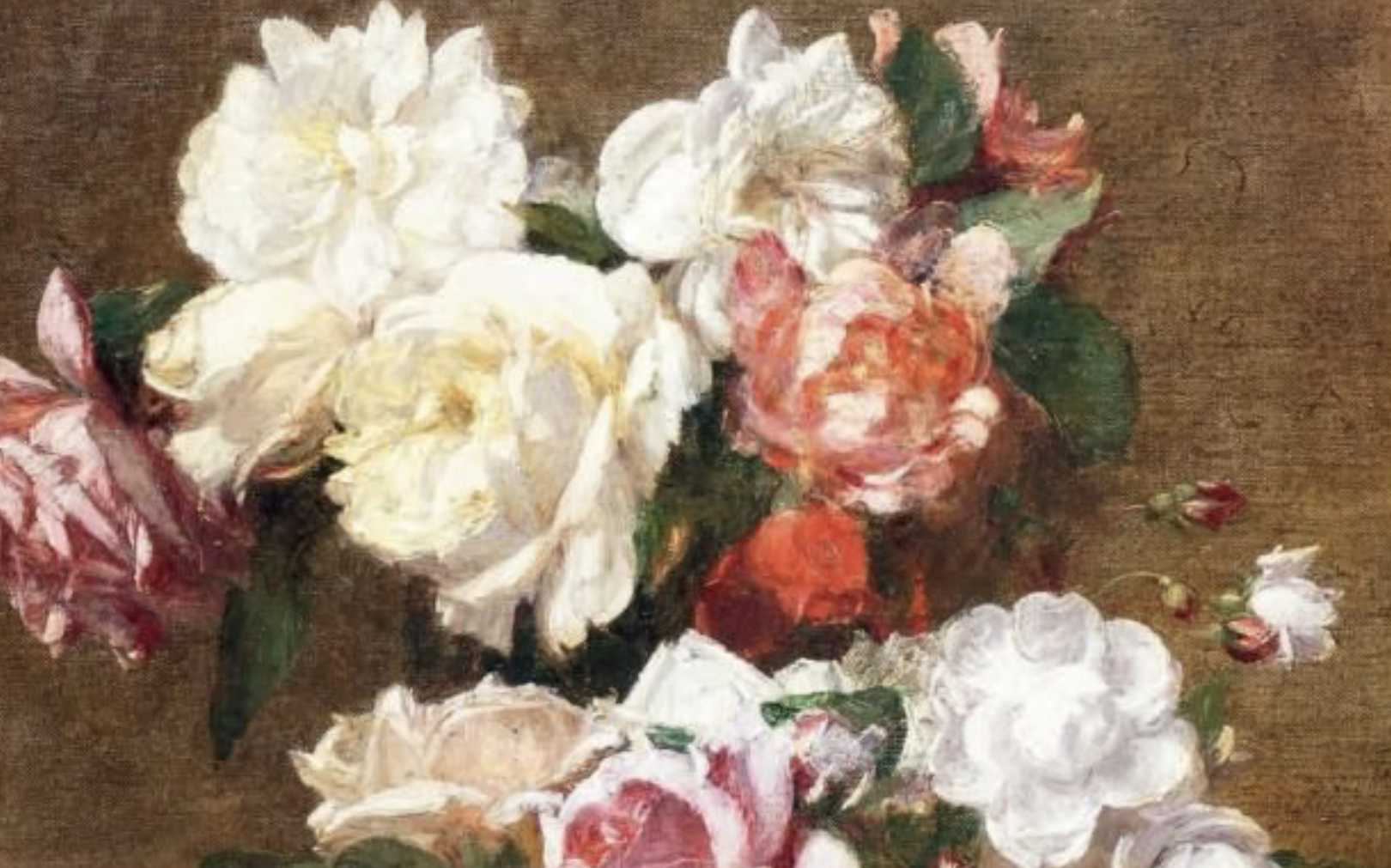
If you own a work by or after the artist Victoria Fantin-Latour, and would like to know its value, our state-approved experts and auctioneers can offer you their expert appraisal services.
Our specialists will carry out a free appraisal of your work, and provide you with a precise estimate of its current market value.
Then, if you want to sell your work, we'll point you in the right direction to get the best possible price for it.
Rating and artist's value Victoria Fantin-Latour
Victoria Fantin-Latour is an important 19th-century painter. She was part of the Realist, Impressionist and other movements. Today, the prices of her works are rising under the auctioneer's hammer.
Her oils on canvas are particularly prized, especially by Canadian buyers, and the price at which they sell on the art market ranges from €100 to €75,000, a considerable delta but one that speaks volumes about the value that can be attributed to the works of Victoria Fantin-Latour.
In 2000, the oil on canvas Roses blanches dans un vase, dating from 1907, sold for €75,000, whereas it was estimated at between €36,000 and €59,000, twice the low estimate.
Order of value from a simple work to the most prestigious
Technique used | Results |
|---|---|
Drawing - watercolor | From €100 to €17,800 |
Oil on canvas | From €1,800 to €71,000 |
Response in less than 24h
Style and technique of the artist Victoria Fantin-Latour
Victoria Fantin-Latour produced impressionist and realist oils on canvas and drawings, including, like her husband, many still lifes of flowers.
The work of her husband, Henri Fantin-Latour, influenced hers, and vice versa. We assume she was also inspired by artists such as Anne Vallayer-Coster and Elizabeth Vigée le Brun, who worked extensively in this genre.

The life of Victoria Fantin-Latour
Victoria Fantin-Latour (maiden name Victoria Dubourg) (1840-1926) was a French impressionist and realist artist.
She was born in Paris into a family of artists, where she was exposed to creativity from an early age. Her husband, Henri Fantin-Latourplayed a key role in her artistic career.
From 1864, she trained as a painter in her husband's studio, developing a style closely related to that of the Impressionists. As a woman painter at the time, she gravitated towards flower still lifes, a genre that was more open to her and less controversial.
Victoria took part in Parisian artistic life, and posed regularly for Henri, becoming his muse and a central subject of his work.
She made friends with other renowned artists, such as Berthe Morisot and Édouard Manet, who gave her encouragement and inspiration. Although she was often in the shadow of her husband, her works, though less well known, bear witness to a remarkable sensitivity and finesse.
She exhibited her paintings at the Salon and was praised for her delicate, poetic style. At the end of her career, she retired with Henri to the countryside, where she continued to paint, capturing the surrounding landscapes with a rich and varied palette.
Her work darkened somewhat during the First World War, reflecting the tumult of her times. Victoria Fantin-Latour died in Paris at the age of 86, leaving an artistic legacy that deserves to be rediscovered and celebrated.
Focus on Panier de roses, Victoria Fantin-Latour
Nineteenth-century artist Victoria Fantin-Latour's Panier de roses is a gentle, elegant portrayal.
In this painting, she delicately captures a bouquet of roses, carefully arranged in a basket, evoking the freshness and delicacy of flowers.
Soft, muted tones of pink, white and cream create a serene, almost silent atmosphere, in which light plays a central role.
It gently diffuses over the velvety petals, bringing a subtle warmth to the whole composition. The simplicity of the wicker basket contrasts delicately with the richness of the roses, highlighting the fragile texture and radiance of the flowers.
Each finely detailed rose seems almost tangible, revealing meticulous attention to form and color. The composition, though discreet, is imbued with great harmony.
The flowers seem suspended in a fleeting moment, capturing all the beauty of a fragile, intimate moment.
Here, Fantin-Latour excels in capturing not only the perfection of the roses, but also the subtle emotion that emanates from this still life. The basket of roses, at once simple and refined, adds a touch of naturalness that reinforces the delicacy of the work, recalling the freshness of a bouquet picked in the morning.
In this work, Victoria Fantin-Latour demonstrates her talent for capturing the ephemeral beauty of simple things, while mastering light with great subtlety.
Every brushstroke, every nuance seems to exude elegance, transforming this floral scene into a veritable ode to nature. Panier de roses testifies to his ability to make everyday moments extraordinary, revealing the quiet beauty of flowers.
This work fits naturally into its artistic context, as it reflects the 19th-century tradition of floral still lifes, a genre intimately linked to the representation of everyday life and the appreciation of simple, fleeting beauty.
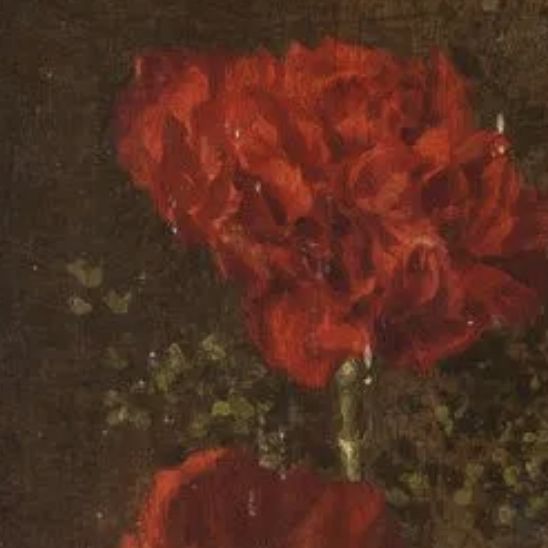
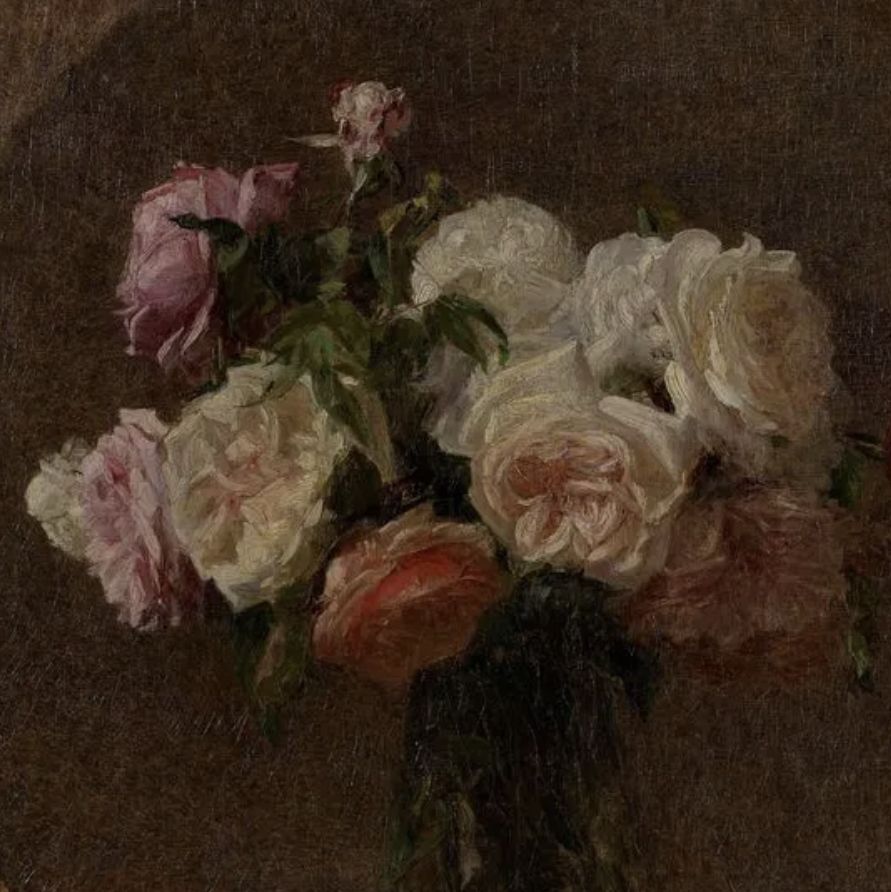
Women and flower still lifes in the 19th century
In the XIXᵉ century, women artists specializing in flower still lifes faced many obstacles to gaining recognition on the art scene.
Still life, and particularly the depiction of flowers, was often relegated to a minor genre, considered more appropriate for women, at a time when the latter were still subject to considerable prejudice.
Women were often confined to this "modest" genre, as they were barred from major history painting and from full academic training.
The École des Beaux-Arts, then closed to women until 1897, deprived them of formal art training, forcing them to seek other means of learning. Alone, or under the tutelage of close male artists, they developed their skills in private studios.
Artists such as Louise Moillon, earlier in the century, and later Rachel Ruysch and Marie Egner, excelled in the art of floral still lifes, a genre that men long considered a mere female pastime, reinforcing the marginalization of their work.
For a long time, the Salon, an essential venue for making oneself known and obtaining commissions, refused to exhibit works by women, further limiting their visibility.
For these artists, flowers became a privileged field of expression, a space where they could demonstrate their technical mastery and sensitivity, while remaining within the limits imposed by patriarchal society.
Critics, often indifferent or even condescending towards their work, contributed to this invisibilization, depriving women of the recognition they deserved.
Despite these difficulties, some of them manage to make a place for themselves by exhibiting in alternative shows or thanks to the support of male artists.
However, they remained confined to subjects deemed "feminine", such as still lifes of flowers, a genre which, though refined, was perceived as lacking the grandeur of other forms of painting.
Their works, however, bear witness to great sensitivity and a meticulous mastery of color and light, and continue to be rediscovered and appreciated today.
Victoria Fantin-Latour's imprint on her period
Victoria Fantin-Latour left her mark on her era as the indispensable muse of her husband, Henri Fantin-Latour, and as a lesser-known artist herself.
She is one of the few women to have navigated the artistic circles of her time, often invisibilized by an art world still reluctant to offer women the place they deserve.
Although her work often remains in the shadow of her husband's, she leaves behind a production of floral still lifes imbued with delicacy and great sensitivity.
This genre, often considered suitable for women, enabled her to develop her talent within a framework tolerated by the social conventions of the time.
Victoria Fantin-Latour, like many women artists, had to fight against rigid artistic institutions and restrictive social codes, as the École des Beaux-Arts was still closed to women when she started out.
His work, though modest in appearance, testifies to remarkable technical mastery and a refined taste for light and color.
Although she did not enjoy the recognition of her contemporaries commensurate with her talent, her work is now being rediscovered, and her contribution to the art of floral still lifes is increasingly valued.
Like other women artists of her time, Victoria found ways of exhibiting her work and making a place for herself in a milieu that was closed to her.
Towards the end of her career, she continued to perfect her style, gradually stripping her compositions of superfluous detail to make way for a deeper simplicity.
She died in 1926, leaving behind a body of work that today bears witness to her singular contribution to the history of art and floral representation in the XIXᵉ century.
Recognizing Victoria Fantin-Latour's signature
The artist often signs his full name in small letters at the bottom of his paintings. Copies may exist, so expertise is important.
Moreover, since she began her career under her maiden name, Victoria Dubourg, some of her paintings can be signed with this name. The art market has retained her married name, which serves her well since Henri Fantin-Latour is highly valued.

Knowing the value of a work
If you happen to own a painting by or after Victoria Fantin-Latour, don't hesitate to ask for a free valuation using the form on our website.
A member of our team of experts and certified auctioneers will contact you promptly to provide you with an estimate of the market value of your work, as well as any relevant information about it.
If you're thinking of selling your work of art, our specialists will also be on hand to help you find alternatives for selling it at the best possible price, taking market trends into account.
Response in less than 24h
Related topics
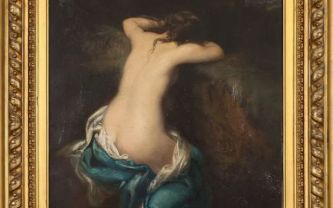
The value of the paintings and drawings by Benedict Mass...
Rating and value of Bénédict Masson, an artist belonging to the French school of the 19th century.
Read more >

Rating and value 2024 of vases, bowls, dishes by Henri Husson
Henri Husson was a 19th-century coppersmith and wrought-iron worker who produced works of considerable value at auction.
Read more >

Cote et valeur des sculptures, bronzes, marbres de Maximilie...
Maximilien Fiot est un sculpteur animalier de la seconde moitié du XIXème siècle qui a produit de nombreuses oeuvres dont la valeur sont élevées.
Read more >
Secure site, anonymity preserved
State-approved auctioneer and expert
Free, certified estimates
